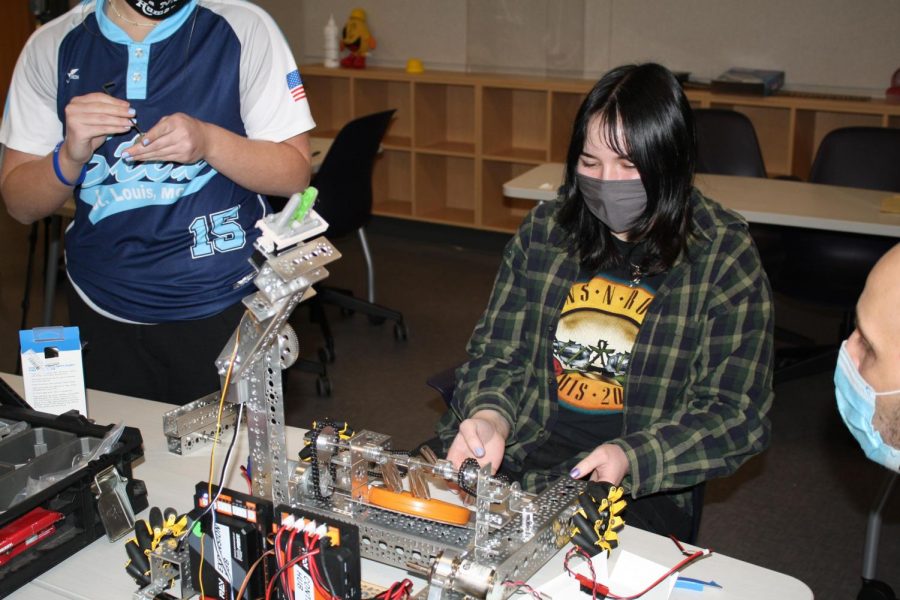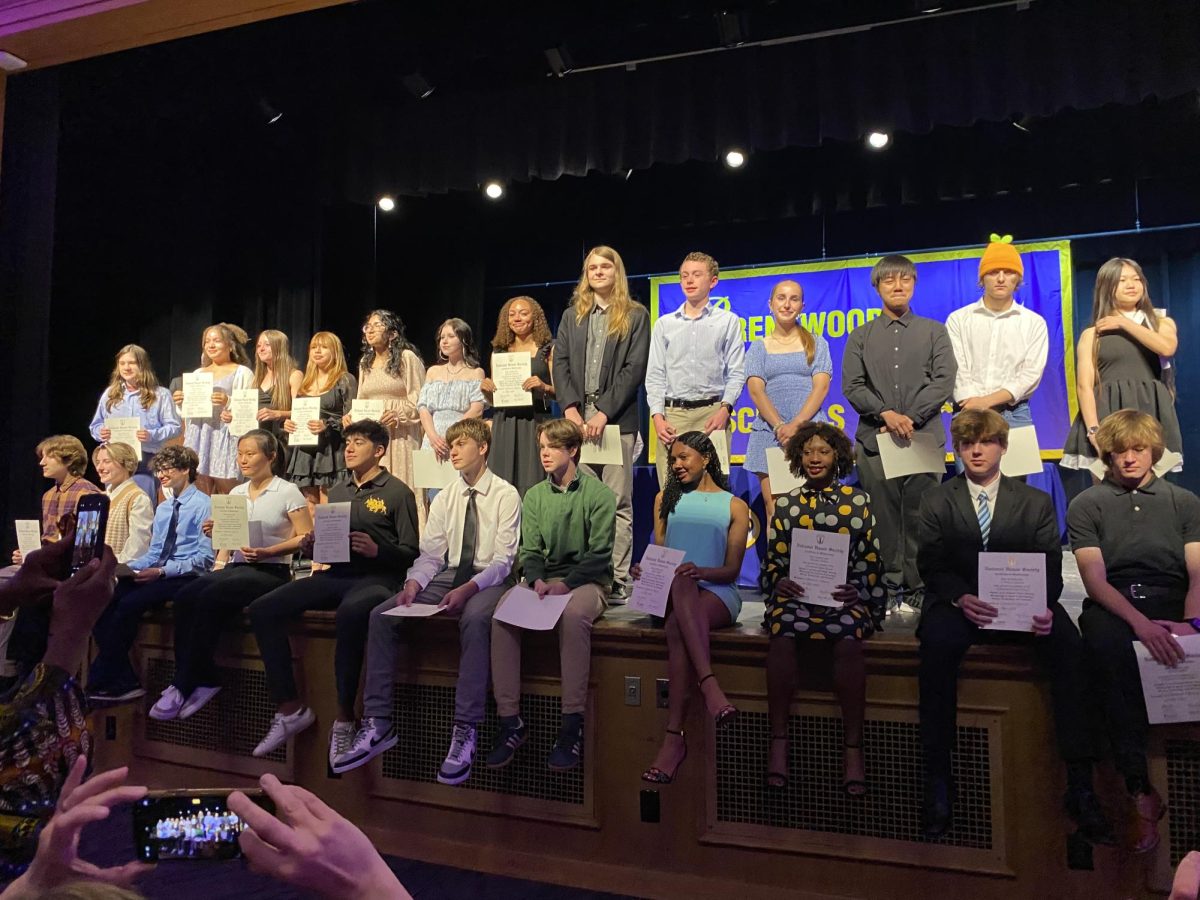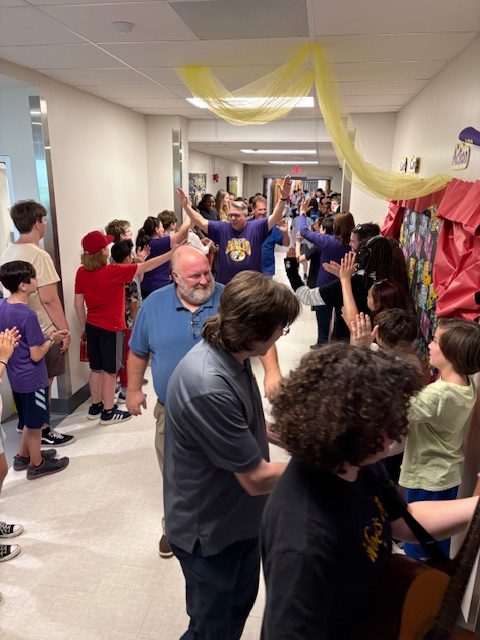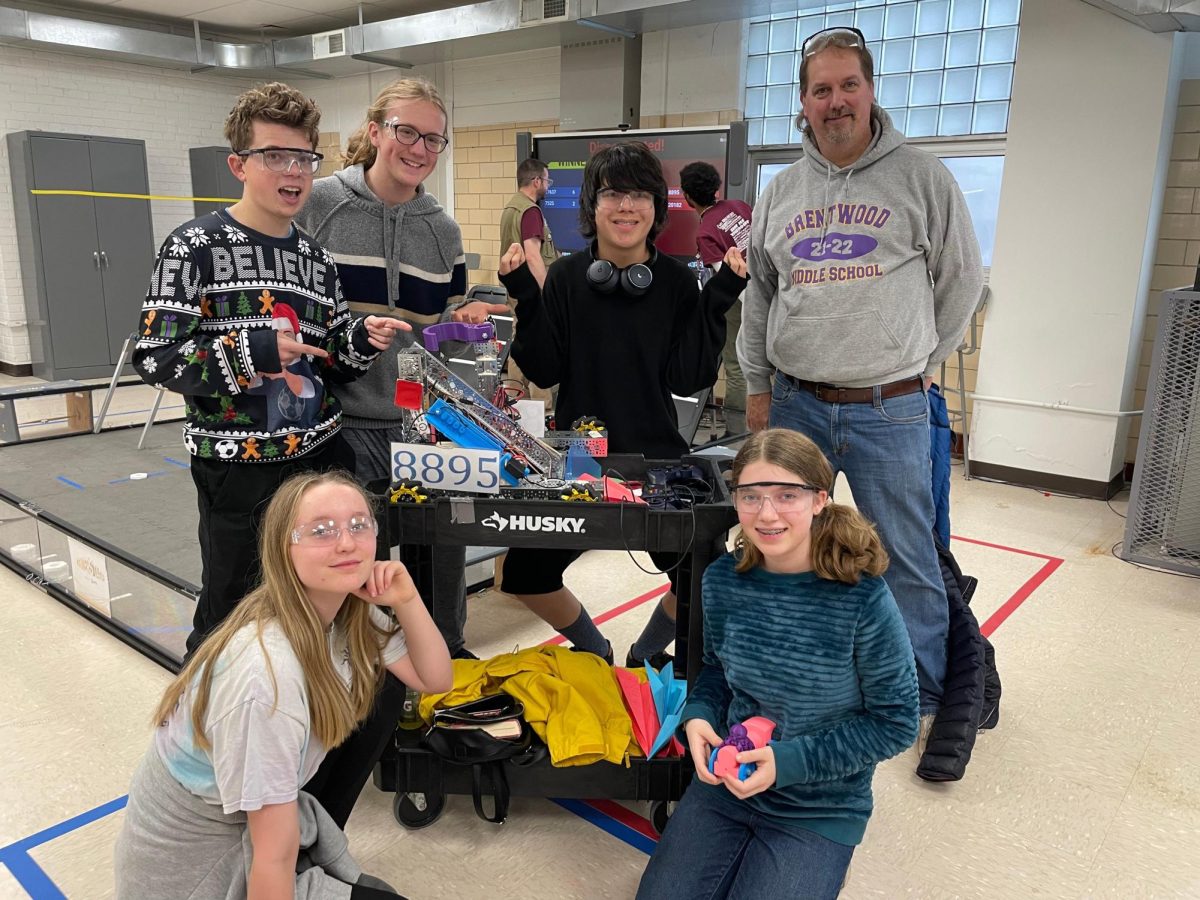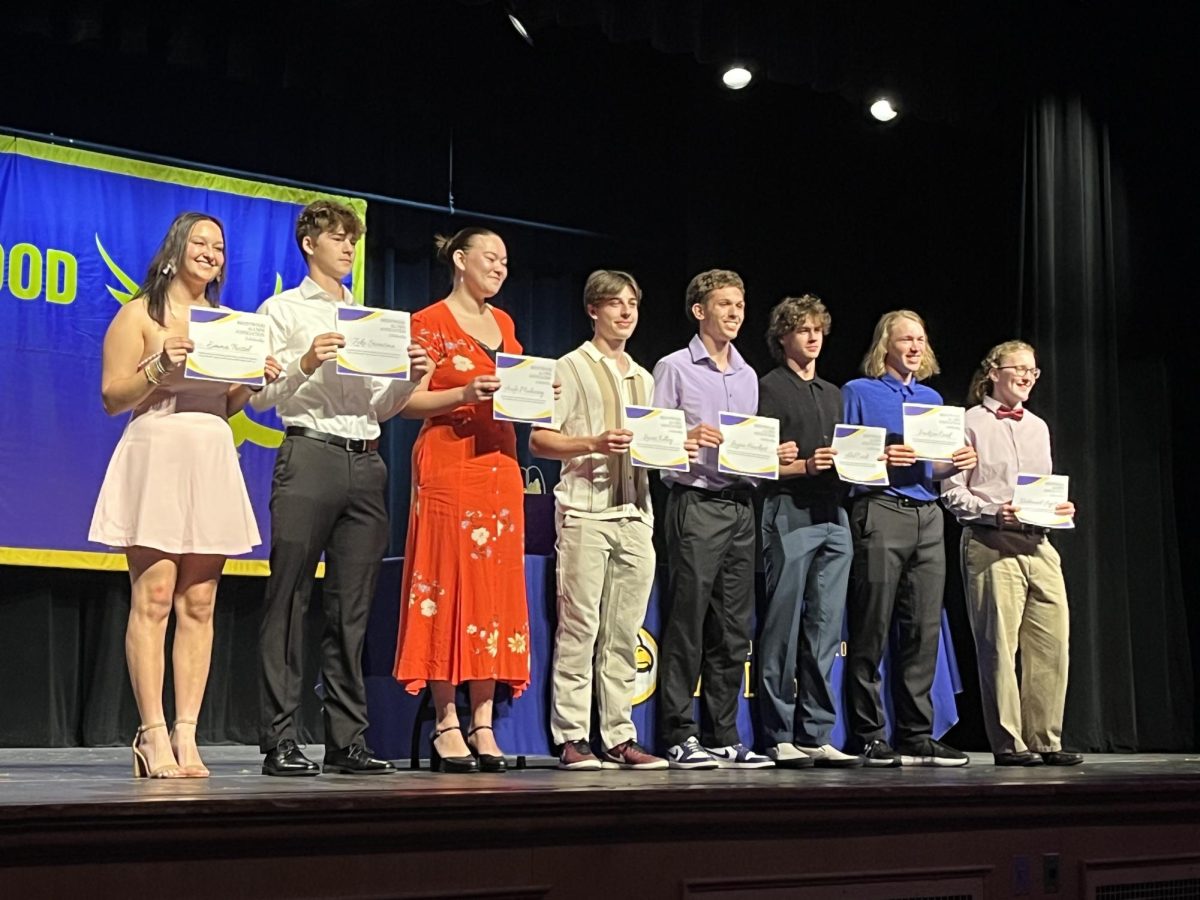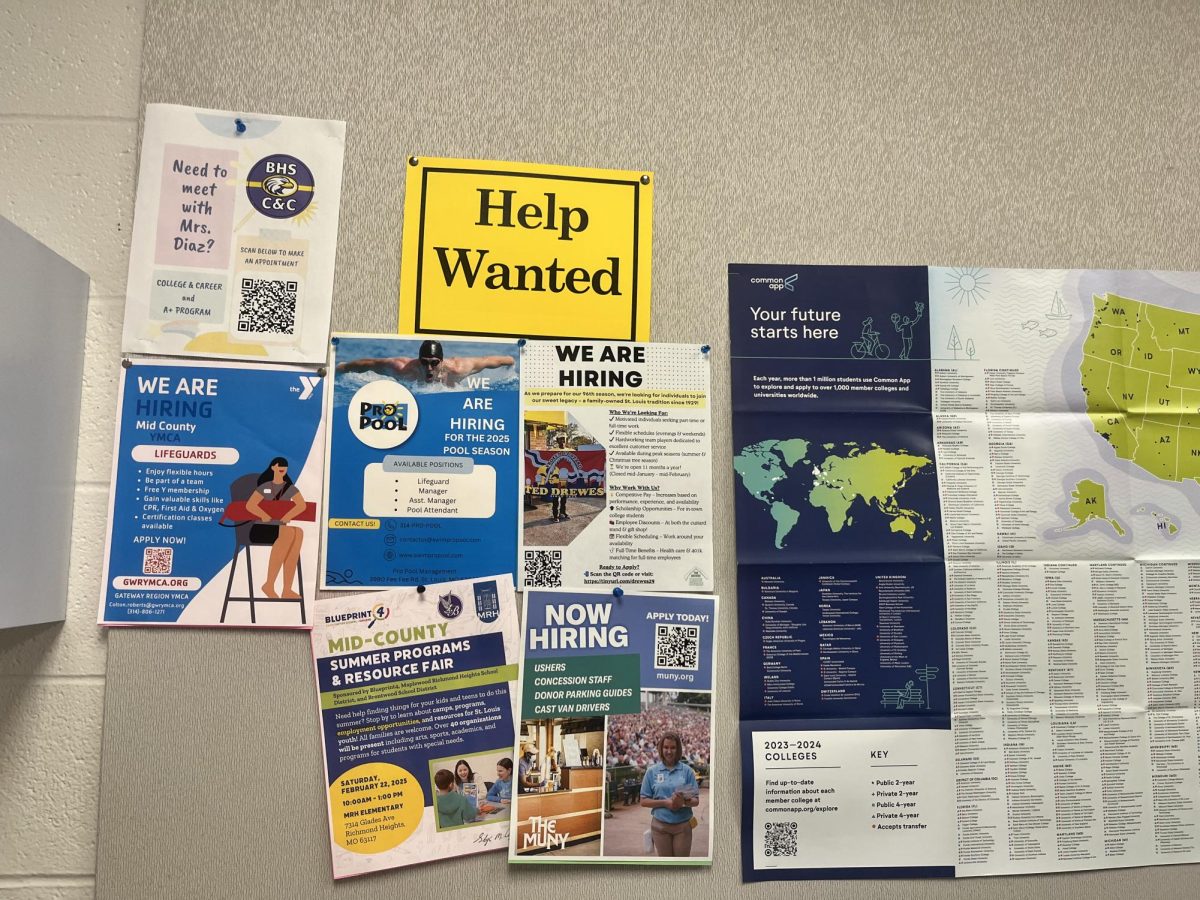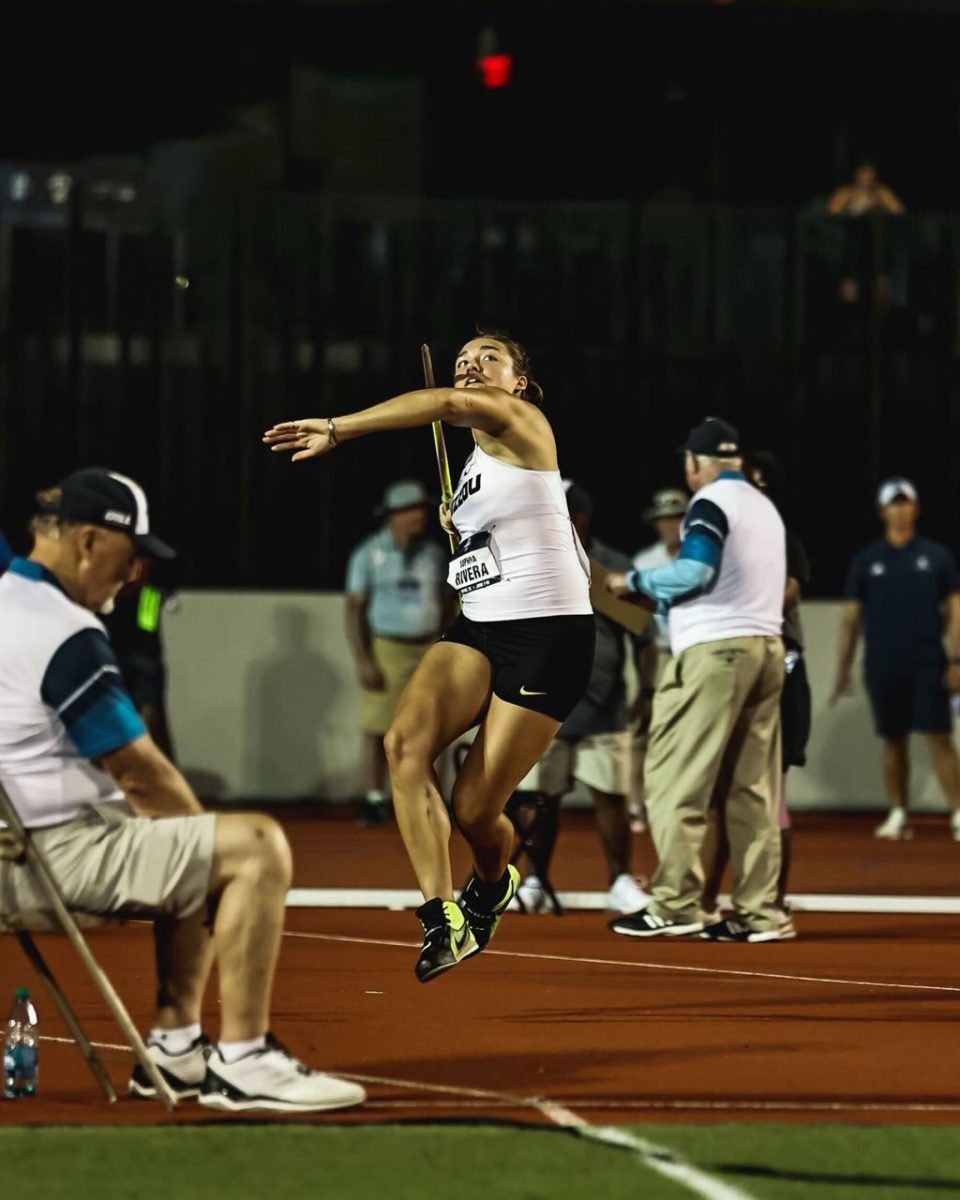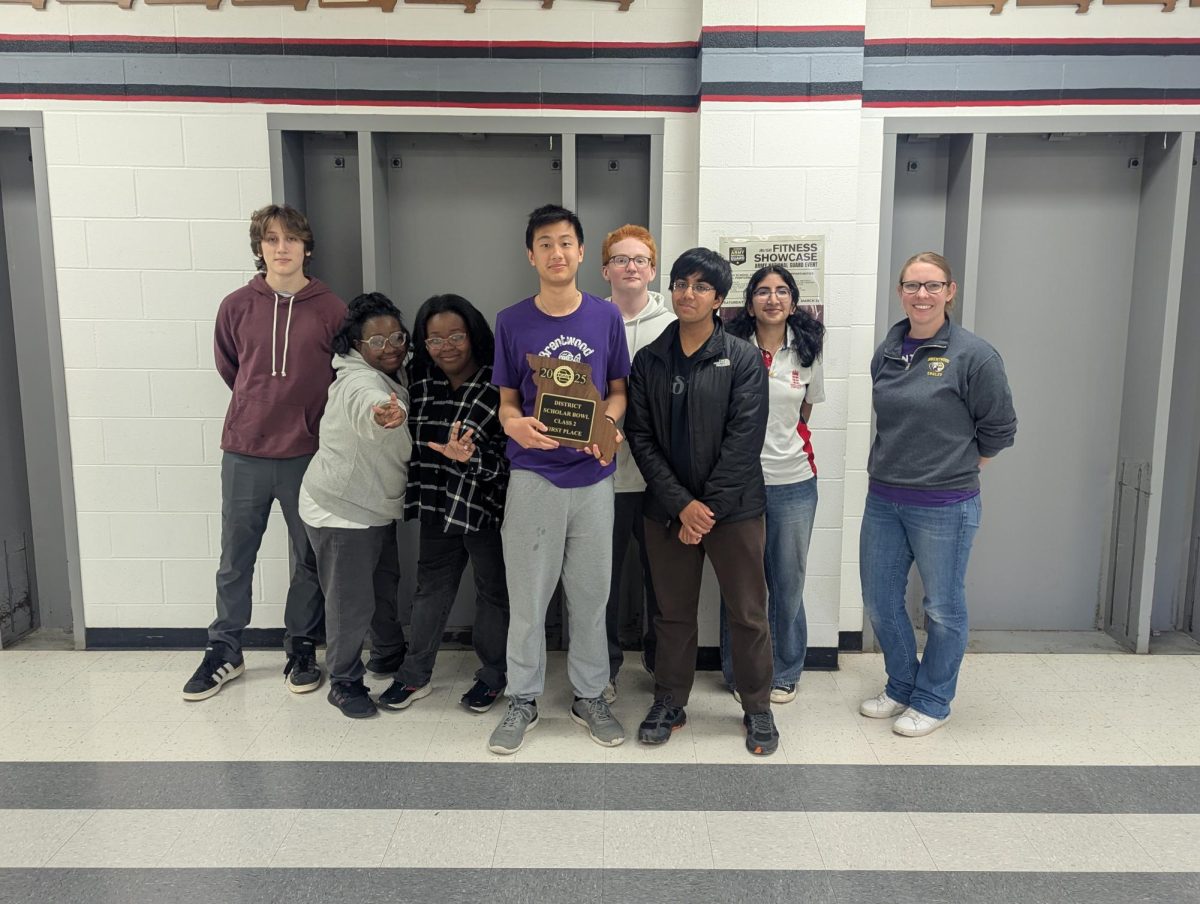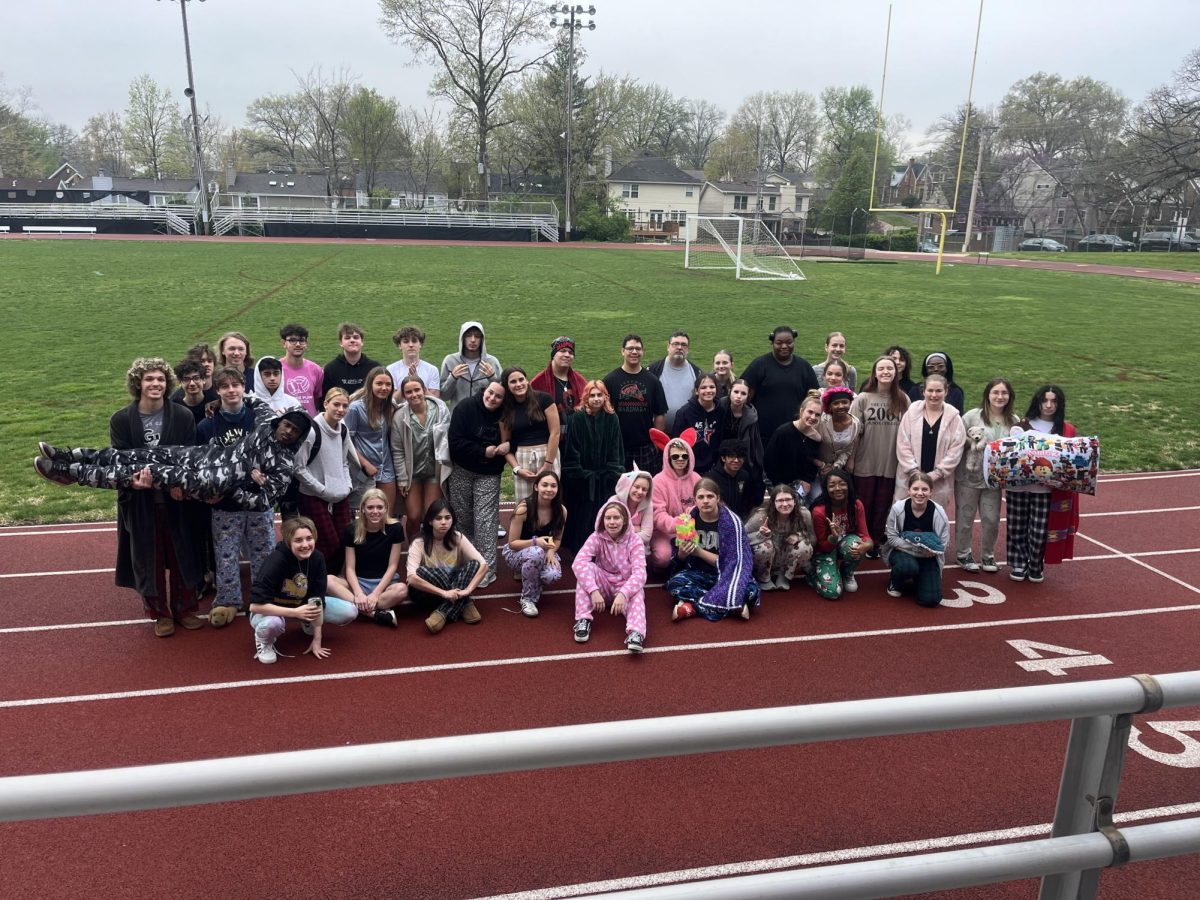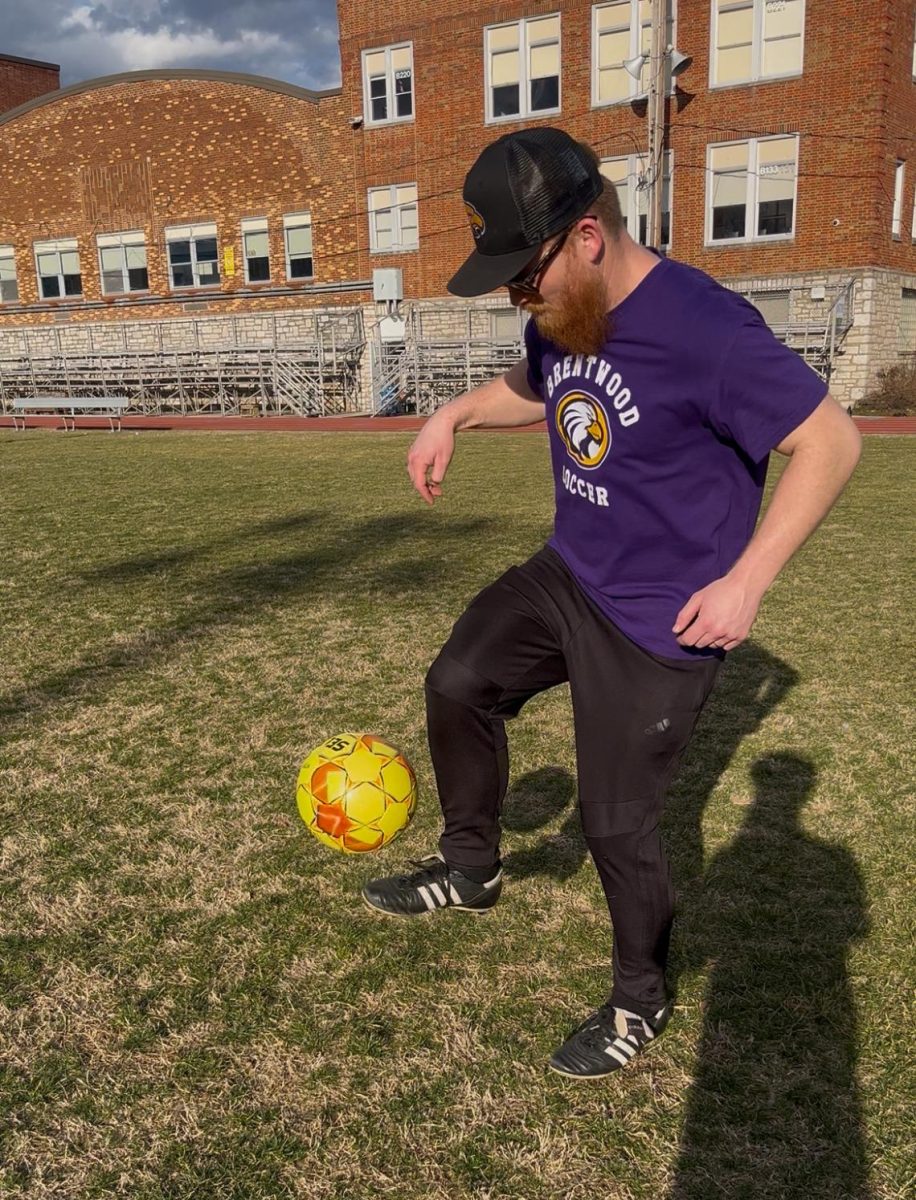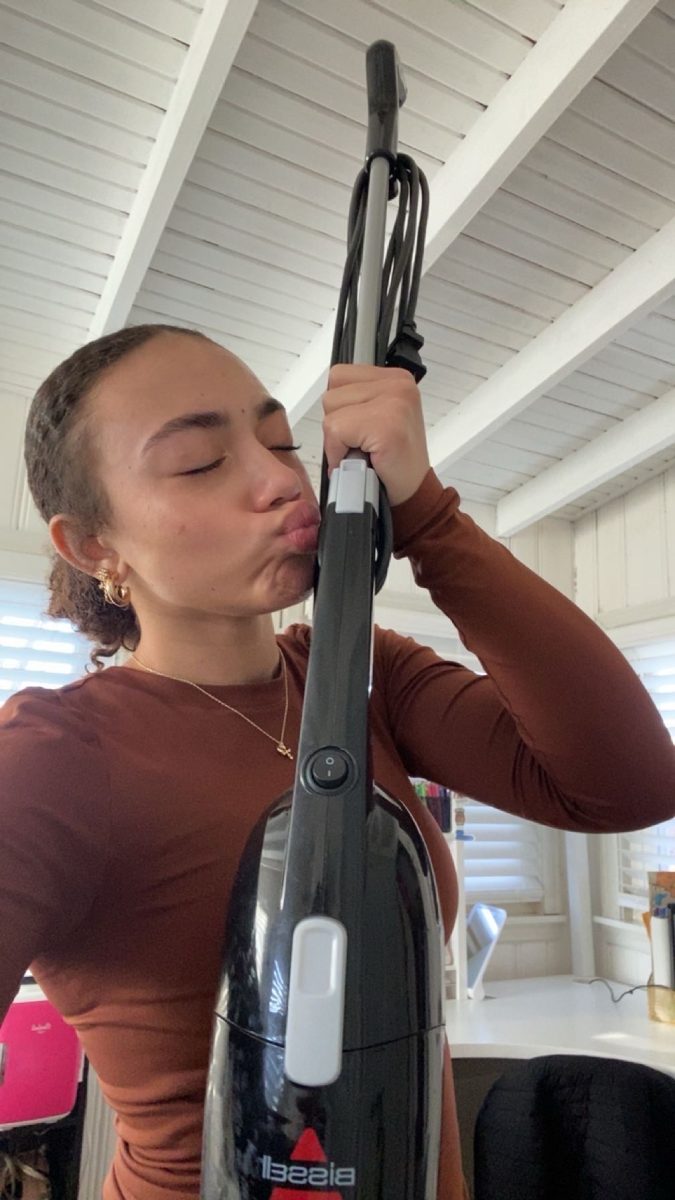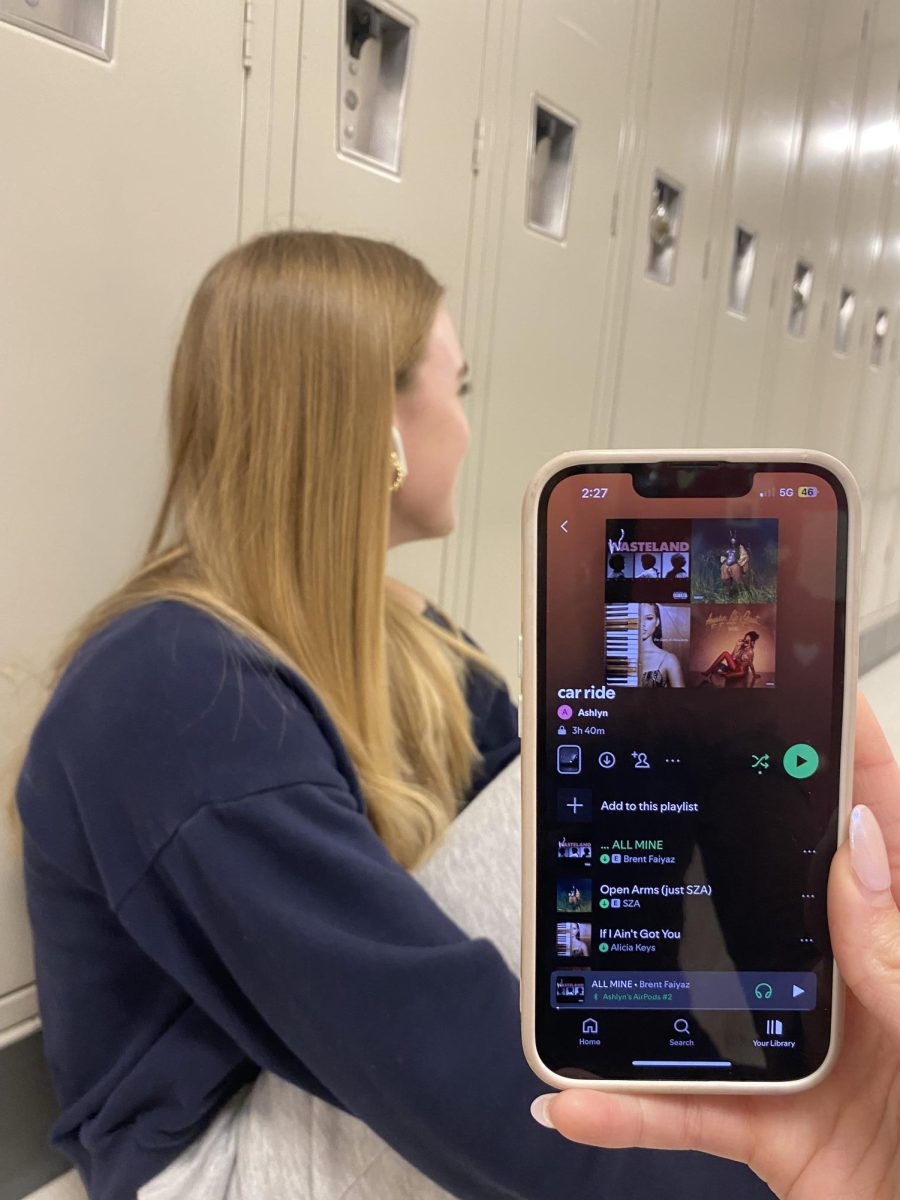Despite all the pandemic’s difficulties, Brentwood’s robotics teams have continued while adapting to the new paradigm.
Brentwood has three robotics teams: one for experienced boys, one for experienced girls, and one for younger boys. These teams are a part of FIRST (For Inspiration and Recognition of Science and Technology), and compete in yearly FIRST tech challenges.
Every year, FIRST gives the various teams a new game, with different objectives and requirements for robots. The three teams are independent from each other, and may compete against each other as well as teams from other schools. Unless a team qualifies for state competitions, it only competes against other teams in what FIRST calls the Northeast Region.
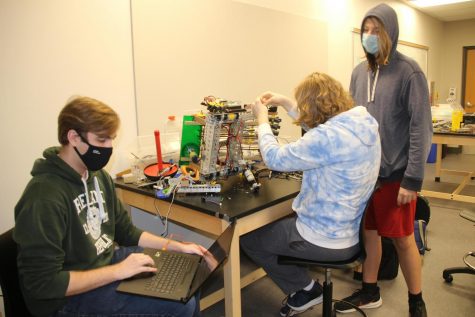 One of the major changes from this year to past years was the fact that teams competed entirely on their own. According to Greiner, who has been competing in Brentwood robotics for years, a game normally involves four teams facing off, with each team being assigned another team to work together with. Thus, you can rely on your partner team to handle some parts of the competition.
One of the major changes from this year to past years was the fact that teams competed entirely on their own. According to Greiner, who has been competing in Brentwood robotics for years, a game normally involves four teams facing off, with each team being assigned another team to work together with. Thus, you can rely on your partner team to handle some parts of the competition.
However, this year’s game was different. COVID-19 meant that it wasn’t safe to have two teams collaborating. “That really changed how we had to go about designing the robot,” Greiner said.“It had to do everything. Whereas before you could rely on your partner for some aspects of it.”
Greiner also noted that the teams started the year fully virtual, before meeting in small groups and finally meeting in person all at once when in-person school started on November 10th .
Senior Ben Greiner explained that one game is 2 and a half minutes long, and consists of three sections. The game begins with 30 seconds of autonomous action, followed by 1 and a half minutes of driver control, and ends with a 30-second endgame. Objectives are different in each section, and successfully completing them nets a team points. Whatever team has the most points at the end of six games wins. This framework is used every year.
This year’s game was called “Ultimate Goal.” “We had to be able to pick up these little wobbly things and carry them to a square,” explained Greiner. “We also had to pick up rings and shoot them into goals. The higher the goal was, the more points you got for shooting it in there.”
Of the three teams, only the experienced boys’ team qualified for state and scored 13th out of 30 during the state competition on April 23rd. Ben stated it was difficult this year, as many people had other commitments. However, he said, “Every team put in a lot of time and we all worked pretty hard.”


